Available 24/7
Available 24/7

 Save up to 15%
Save up to 15%
Peace Lily, Spathiphyllum - Plant The Peace Lily, scientifically known as Spathiphyllum, is a stunning houseplant celebrated for its elegant white...
View full details
 Save 18%
Save 18%
Combo Constituents Includes the Parijat Tree (Night-Flowering Jasmine), a culturally significant plant with fragrant flowers. Description The Pari...
View full details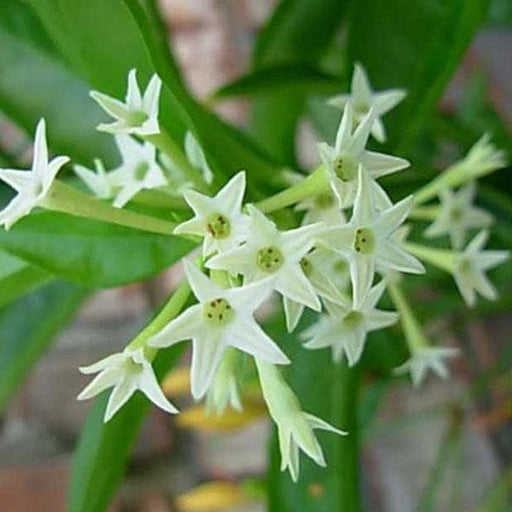
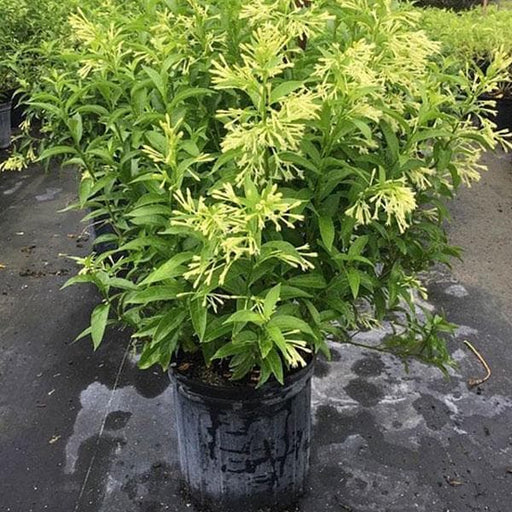 Save 25%
Save 25%
Description Raat Ki Rani (*Cestrum nocturnum*), also known as Night Blooming Jasmine, is a fragrant shrub native to the Caribbean and Central Ameri...
View full details
 Save 25%
Save 25%
Jasminum sambac, Mogra, Arabian Jasmine - Plant Jasminum sambac, commonly known as Mogra or Arabian Jasmine, is a fragrant flowering plant...
View full details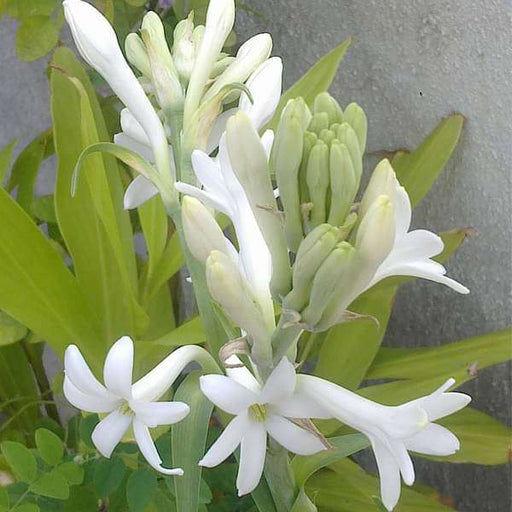
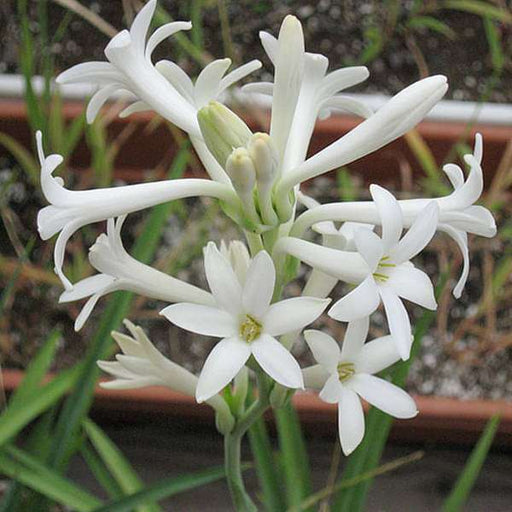 Save 17%
Save 17%
Rajnigandha, Tuberose - Plant The Rajnigandha, scientifically known as Polianthes tuberosa, is a captivating perennial plant renowned for ...
View full details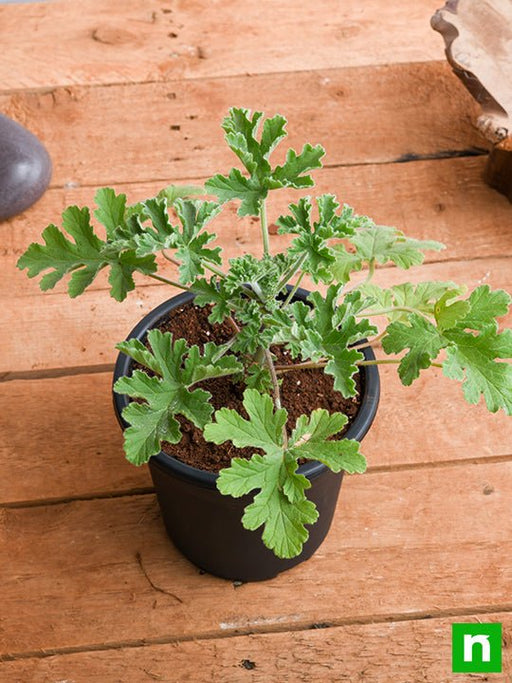
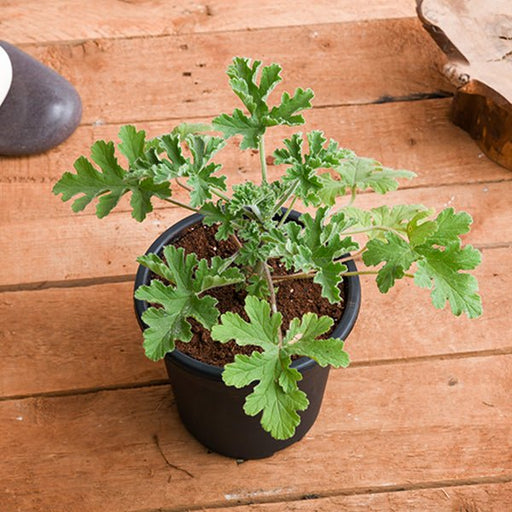 Sold out
Sold out
Citronella, Odomas - Plant The Citronella plant, scientifically known as Cymbopogon nardus, is a tropical grass renowned for its aromatic ...
View full details Save 25%
Save 25%
Damascus Rose, Scented Rose (Any Color) - Plant The Damascus Rose, also known as Rosa damascena, is a timeless symbol of beauty and romanc...
View full details
 Save 35%
Save 35%
Best 6 Plants for Perfect Indoor Garden Transform your living space into a lush oasis with our curated collection of the Best 6 Plants for a...
View full details
 Save up to 50%
Save up to 50%
Mini Succulent Garden Pack Transform your space with our Mini Succulent Garden Pack, featuring a delightful collection of 4 any variety beautiful s...
View full details
 Save 30%
Save 30%
5 Best Fragrant Plants Transform your garden or indoor space into a fragrant paradise with our curated selection of the 5 Best Fragrant Plants. Th...
View full details
 Save 24%
Save 24%
Set of 2 Bonsai Looking Grafted Adeniums Transform your indoor or outdoor space with our exquisite Set of 2 Bonsai Looking Grafted Adenium...
View full details Save 45%
Save 45%
Top 4 Die Hard Succulents Pack Transform your indoor or outdoor space with our Top 4 Die Hard Succulents Pack, featuring a curated selecti...
View full details
 Save 30%
Save 30%
5 Best Indoor Plants Pack Transform your living space into a lush oasis with our '5 Best Indoor Plants Pack.' This carefully curated collection fe...
View full details
 Save 25%
Save 25%
Set of 4 Evergreen Air Purifier Plant Pack Transform your indoor space into a lush, green oasis with our Set of 4 Evergreen Air Purifier Pla...
View full detailsTransform your living space into a lush oasis with our Indoor Garden Collection. This carefully curated selection features a variety of plants that thrive indoors, bringing nature's beauty right into your home. From vibrant herbs to stunning foliage, each plant is chosen for its unique characteristics and ease of care, making it perfect for both novice and experienced gardeners alike.
What makes our Indoor Garden Collection special is its ability to enhance your indoor environment. Not only do these plants purify the air, but they also boost your mood and productivity. With the right selection, you can create a serene atmosphere that promotes relaxation and well-being, making your home a sanctuary of peace.
Growing your indoor garden is simple and rewarding. Our collection includes detailed growing instructions, care tips, and creative uses for each plant, ensuring you have all the information you need to cultivate a thriving indoor garden. Whether you're looking to spice up your culinary creations with fresh herbs or simply enjoy the aesthetic appeal of greenery, our collection has something for everyone.
Historically, indoor gardening has roots in ancient civilizations, where people cultivated plants for medicinal and culinary purposes. The Egyptians, for instance, grew herbs in their homes, while the Romans created elaborate indoor gardens to showcase their wealth and sophistication. Today, indoor gardening has evolved into a popular hobby, with a focus on sustainability and self-sufficiency.
From an environmental perspective, indoor gardens play a crucial role in promoting biodiversity and reducing carbon footprints. By incorporating plants into our living spaces, we not only enhance our quality of life but also contribute to a healthier planet. Indoor gardens can help mitigate urban heat, improve air quality, and foster a deeper connection to nature, making them an essential addition to modern living.
Container gardening is a popular way to grow plants indoors. Learn about the best containers for indoor gardening in this article.
An indoor herb garden is a great way to add fresh flavors to your cooking. Discover the best herbs for indoor gardening in this article.
A vertical garden is a creative and space-saving way to grow plants indoors. Find out how to create your own indoor vertical garden in this article.
A hydroponic garden is a soil-free and nutrient-rich way to grow plants indoors. Learn about the best hydroponic systems for indoor gardening in this article.
A succulent garden is a low-maintenance and stylish way to add greenery to your indoor space. Discover the best succulents for indoor gardening in this article.
A fairy garden is a whimsical and magical way to create a miniature indoor garden. Learn how to make your own indoor fairy garden in this article.
A cactus garden is a drought-tolerant and unique way to add plants to your indoor space. Find out how to care for your indoor cactus garden in this article.
A terrarium garden is a self-contained and low-maintenance way to create a miniature indoor ecosystem. Discover the best plants for indoor terrarium gardening in this article.
A windowsill garden is a simple and convenient way to grow plants indoors. Learn about the best plants for indoor windowsill gardening in this article.
An air plant garden is a trendy and low-maintenance way to add greenery to your indoor space. Find out how to care for your indoor air plant garden in this article.
An indoor vegetable garden is a great way to grow fresh produce year-round. Discover the best vegetables for indoor gardening in this article.
An indoor fruit garden is a unique and rewarding way to grow your own fruit. Learn about the best fruits for indoor gardening in this article.
A moss garden is a calming and natural way to add greenery to your indoor space. Find out how to create your own indoor moss garden in this article.
A bonsai garden is a peaceful and artistic way to add plants to your indoor space. Learn how to care for your indoor bonsai garden in this article.
A meditation garden is a serene and tranquil way to create a peaceful indoor space. Discover how to create your own indoor meditation garden in this article.
A miniature garden is a charming and intricate way to create a tiny indoor world. Find out how to make your own indoor miniature garden in this article.
A butterfly garden is a colorful and interactive way to add plants to your indoor space. Learn about the best plants for an indoor butterfly garden in this article.
A cat garden is a fun and interactive way to create a play space for your furry friend. Discover how to create an indoor cat garden in this article.
An indoor flower garden is a beautiful and fragrant way to add color to your indoor space. Find out how to care for your indoor flower garden in this article.
A hanging garden is a creative and space-saving way to add plants to your indoor space. Learn about the best plants for an indoor hanging garden in this article.
An indoor garden is a collection of plants grown indoors, typically in a container or pot.
Indoor gardens can improve air quality, reduce stress, and enhance the aesthetic of your home or office.
Plants that are tolerant of low light levels and indoor conditions, such as spider plants, pothos, and snake plants, are best suited for indoor gardens.
Choose plants that are appropriate for the specific lighting and humidity levels in your indoor space, and consider their growth habits and maintenance requirements.
Care for your indoor garden by providing adequate light, water, and nutrients, and monitoring for pests and diseases.
Water your indoor garden according to the specific needs of your plants, typically once or twice a week.
Prevent pests and diseases by maintaining a clean and healthy growing environment, avoiding overwatering, and monitoring for any signs of problems.
Yes, herbs and vegetables can be grown in an indoor garden as long as they have adequate light and nutrients.
Choose a container that is appropriate in size and shape for the specific plant's root system, and ensure that it has proper drainage holes.
Yes, artificial lighting can be used to supplement natural light for indoor gardens, providing the necessary spectrum and intensity of light for healthy plant growth.
Fertilize your indoor garden according to the specific needs of your plants, typically with a balanced fertilizer every 4-6 weeks.
Yes, organic methods such as composting and using natural pest control methods can be used for indoor gardens.
Propagate plants by taking stem cuttings or dividing root systems, and planting them in suitable growing mediums.
Yes, hydroponic systems can be used for indoor gardening, providing a soil-free method of growing plants.
Choose a soil or growing medium that is appropriate for the specific needs of your plants, typically with good drainage and nutrient content.
Choose a location that provides adequate light and humidity for your plants, and consider the surrounding environment and decor.
Choose a size that is appropriate for the space available, and ensure that there is enough room for the plants to grow and develop.
Yes, certain fruit trees such as citrus trees can be grown in indoor gardens as long as they have adequate light and growing conditions.
Choose a temperature that is appropriate for the specific needs of your plants, typically between 60-75 degrees Fahrenheit.
Choose a humidity level that is appropriate for the specific needs of your plants, typically between 40-60%.
Provide adequate air circulation by opening windows, using fans, or placing the plants in a location with natural air flow.
Choose a lighting system that is appropriate for the specific needs of your plants, considering factors such as the spectrum and intensity of light.
Choose a potting mix that is appropriate for the specific needs of your plants, typically with good drainage and nutrient content.
Yes, succulents and cacti can be grown in indoor gardens as long as they have adequate light and well-draining soil.
Choose a fertilizer that is appropriate for the specific needs of your plants, typically with balanced ratios of nitrogen, phosphorus, and potassium.
Yes, hydroponic systems can be used for indoor herb gardens, providing a soil-free and efficient method of growing herbs.
Choose pots that are appropriate in size for the specific needs of your plants, typically with enough room for the roots to grow and develop.
Choose a pot that is appropriate in material and style for the specific needs of your plants and the decor of your indoor space.
Choose a drainage system that is appropriate for the specific needs of your plants, typically with enough drainage holes and a suitable saucer to catch excess water.
Yes, recycled materials such as old containers and repurposed objects can be used for indoor gardens, providing an eco-friendly and creative option.